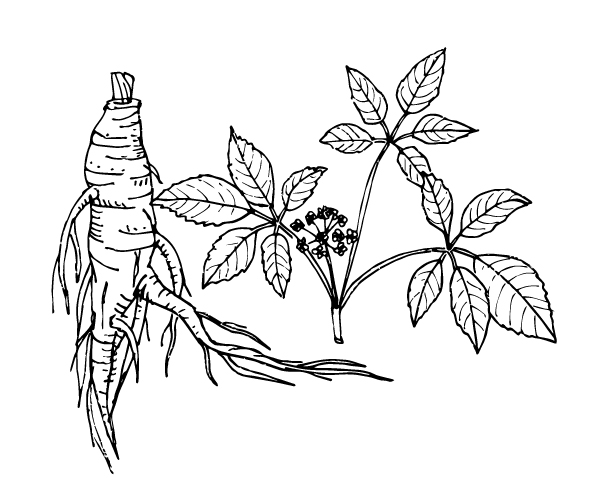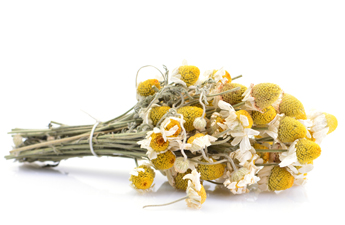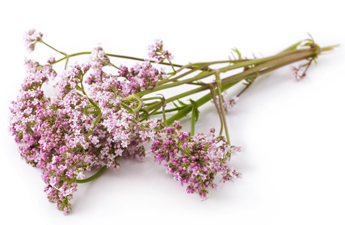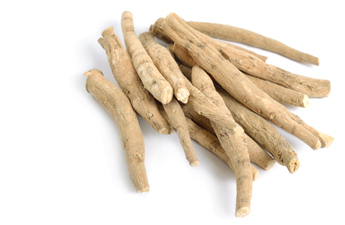Botanical name: Panax ginseng
Other names: Korean Ginseng, Chinese Ginseng
Ginseng (Korean/Chinese Ginseng) is perhaps the most famous and prized herb on the planet. Its use in China spans back over 5000 years, where it has been revered as a Qi (vital essence) tonic and panacea.
There is a Chinese myth (dating back 2500 years) that tells of villagers hearing a loud voice calling them from underneath a plant shaped like a man, which they named Jen-shen, meaning ‘man root’. It is believed to be the manifestation of Tu Ching, the spirit of the ground, and is considered sacred.
In China, Ginseng is considered a primary Qi tonic, and is used to increase stamina and improve resistance to disease. As such, it is used for debility associated with old age or illness. Ginseng is also considered a ‘yang’ tonic, and is used before winter or periods of great stress, and as a male tonic for stamina and erectile dysfunction.
Ginseng became much more important in Western herbal medicine after the 1950s when Soviet scientists studied it, and established it as an ‘adaptogen’. Adaptogens increase our ability to adapt to stress, and regulate many bodily functions depending on individual needs. This perhaps explains why Ginseng can both stimulate and sedate the nervous system.
Research has confirmed that Ginseng improves mental and physical efficiency and resistance to stress and disease. Studies have also found that ginsenosides increase protein synthesis, increase activity of neurotransmitters in the brain, and improve carbohydrate tolerance in diabetics.
There are other Ginsengs that are used similarly, but all have slightly different attributes & actions. Panax quinquefolius (American Ginseng) is used in a similar way to Chinese Ginseng, however it is considered more ‘yin’ and not as stimulating or warming as Panax ginseng. It is also considered sacred to the Native North Americans, who used it as a talisman for warriors and used to treat ‘old year’s fire’. There is also a Japanese ginseng (p. japonicus), and the well known Siberian Ginseng (Eleutherococcus senticosus) which is not actually a Panax species, but shares the same family and some similar attributes (tonic and adaptogen).
Preparation: Steep in hot water for 5-10 minutes. 1–2 grams of raw ginseng root or 200–400 mg of extract are suggested per day.
Reference: Kathy Keville (1991), The Illustrated Herb Encyclopedia, pp139-140., Deni Brown (2002), New Encyclopedia of Herbs and Their Uses, pp.

Korean Ginseng Common Uses
Korean Ginseng Actions
Korean Ginseng Recipes
Korean Ginseng Precautions
May cause trouble sleeping, avoid near bedtime. Avoid if pregnant or breastfeeding. Not suitable for people with high blood pressure, and traditionally avoided in people with excess heat, bleeding disorders or hyperactivity. Do not combine with MAO Inhibitors, or with blood-thinning medication.
Buy Korean Ginseng online from the Happy Herb Co
![]()
Australia’s biggest range
![]()
25 years of customer satisfaction
![]()
Fast International delivery
![]()
100% secure online ordering




 Nextwave
Nextwave

